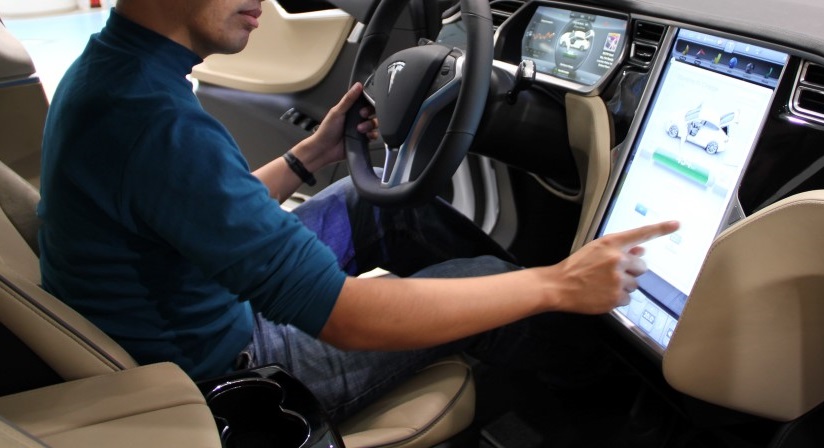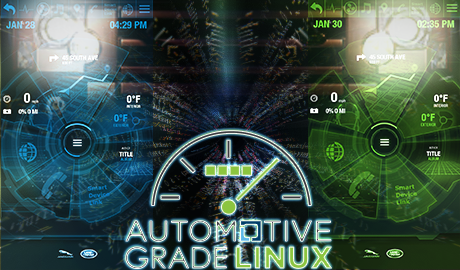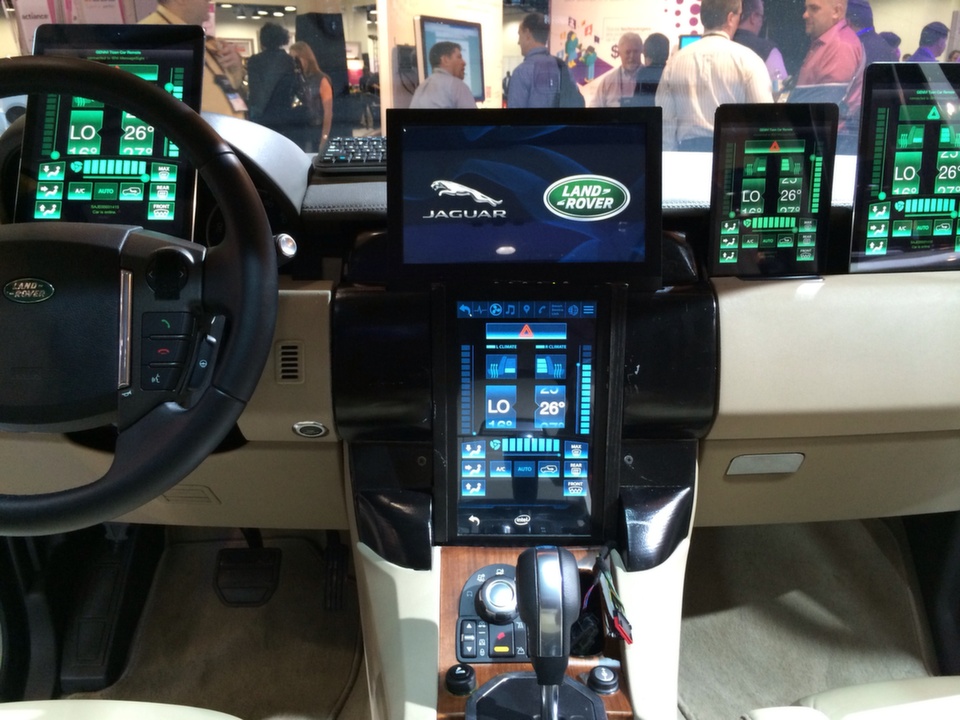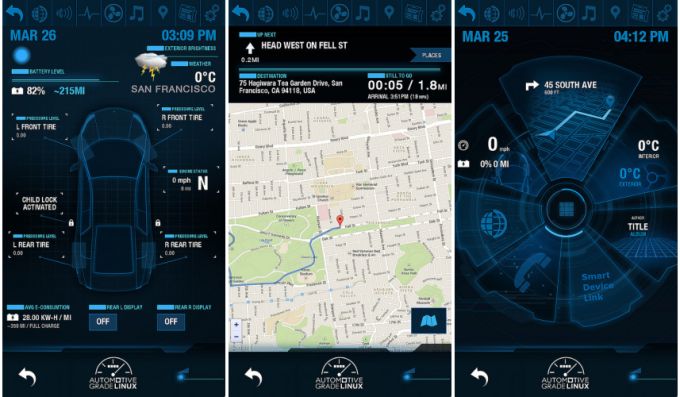Open Source popping up the car tech with Automotive Grade Linux
Car tech has suddenly increased and exploding with lots of products and solutions; Apple and Google are getting in on a game that Microsoft was dominating for quite sometimes: ‘infotainment systems’. Now, there is another player on the blocks – Automotive Grade Linux (AGL). AGL is the industry’s first fully customizable automotive platform and it provides features and apps suitable for deployment in cars.

Open source seems to be popping up everywhere. The collaborative nature of the license makes it a perfect underpinning source to develop a system, platform, application, etc. These days, open source has opened a variety of applications and is not confined to a laptop or a mobile device but it wants to travel and explore. A brand new distribution of Linux, Automotive Grade Linux (AGL), is coming to fruition that targets the automotive industry.
We all know the automotive industry follows the fashion that guides consumers. The single most important trend at the moment is “Internet of things”. All people connected to all services at all times. In order for auto manufacturers to keep up with one another, their products will have to be connected. What better way to realize the level of connectedness and consumer’s demand than with open source? AGL could well be the solution for this.

Most in-vehicle infotainment systems sold today use proprietary software, with the fundamental code controlled by automakers and by a few major software providers, like Microsoft and QNX Software Systems etc. Now the auto industry is exploring open-source operating systems such as Linux seriously, hoping that sharing the work and making code available to all would lead to more rapid development cycles, lower costs and happier drivers.
This level of interest in open source places an official stamp of denial to the claims that open source has no business or good business on its wedge. Open source has not just become a major driver in the world of business, but it has major business with what the commerce and users compel.
Automotive Grade Linux:
AGL was launched at Automotive Linux Summit in Tokyo, collaboration between Linux Foundation and Jaguar Land Rover along with plenty of other companies including Nissan and Toyota. As it is an open platform so anyone can get the source code and develop apps. It also means any car or in-car entertainment company can use it to create their own-branded version.

Automotive Grade Linux is available to download for free from the Linux Foundation website. It is built on top of the Tizen, which has been used in some smartphones and smart watches. It’s also in some TVs and even cars already. Features include a home screen, a control and status dashboard, Google Maps, media playback, HVAC control, a news reader app, audio controls, plus Bluetooth for hands-free calls and audio streaming. It is also clear from the release that AGL has been designed with electric vehicles in mind.
But that’s not the end of what Automotive Grade Linux can offer. AGL allows everyone that can handle it from proletarian programmers to auto car makers, to customize the platform with their own features and apps. Also, the platform is said to be more flexible and user-friendly than some of the car manufacturer’s infotainment platform like BMW’s iDrive and Cadillac’s CUE system.

The AGL has materialized as a platform which aims at creating a standardized model on which manufacturers can develop safe and effective infotainment systems. However, it’s also clear that AGL is not as user friendly as Apple’s CarPlay or Google’s Android Auto but this is the first release and the interface can be customized in coming years. Although, the open-source software would not be easy for the contained automotive industry to wrap its engineering brain around but trend is changing gradually and future is not far behind.
[show_avatar email=10 show_name=true show_email=true show_biography=true]


